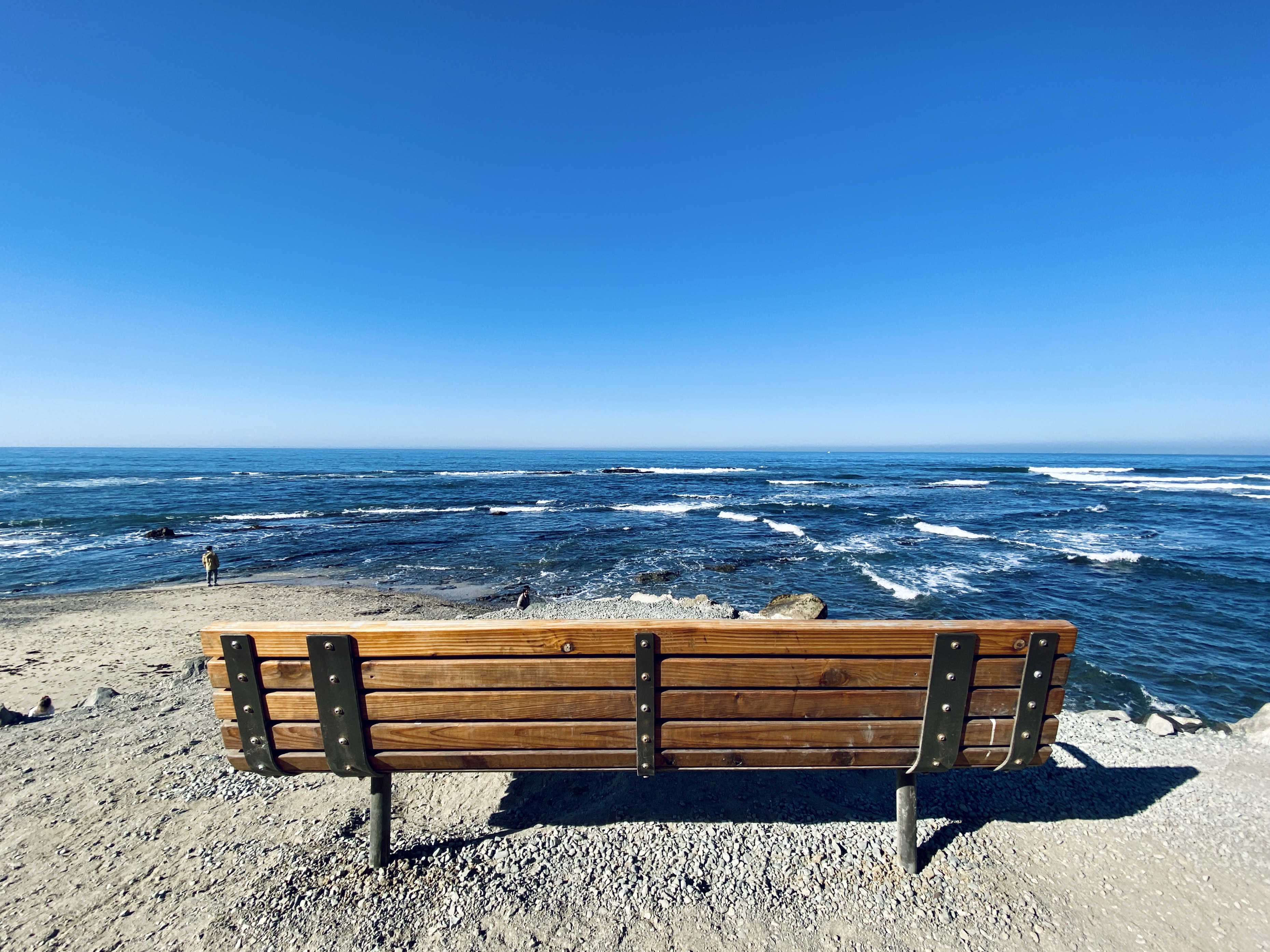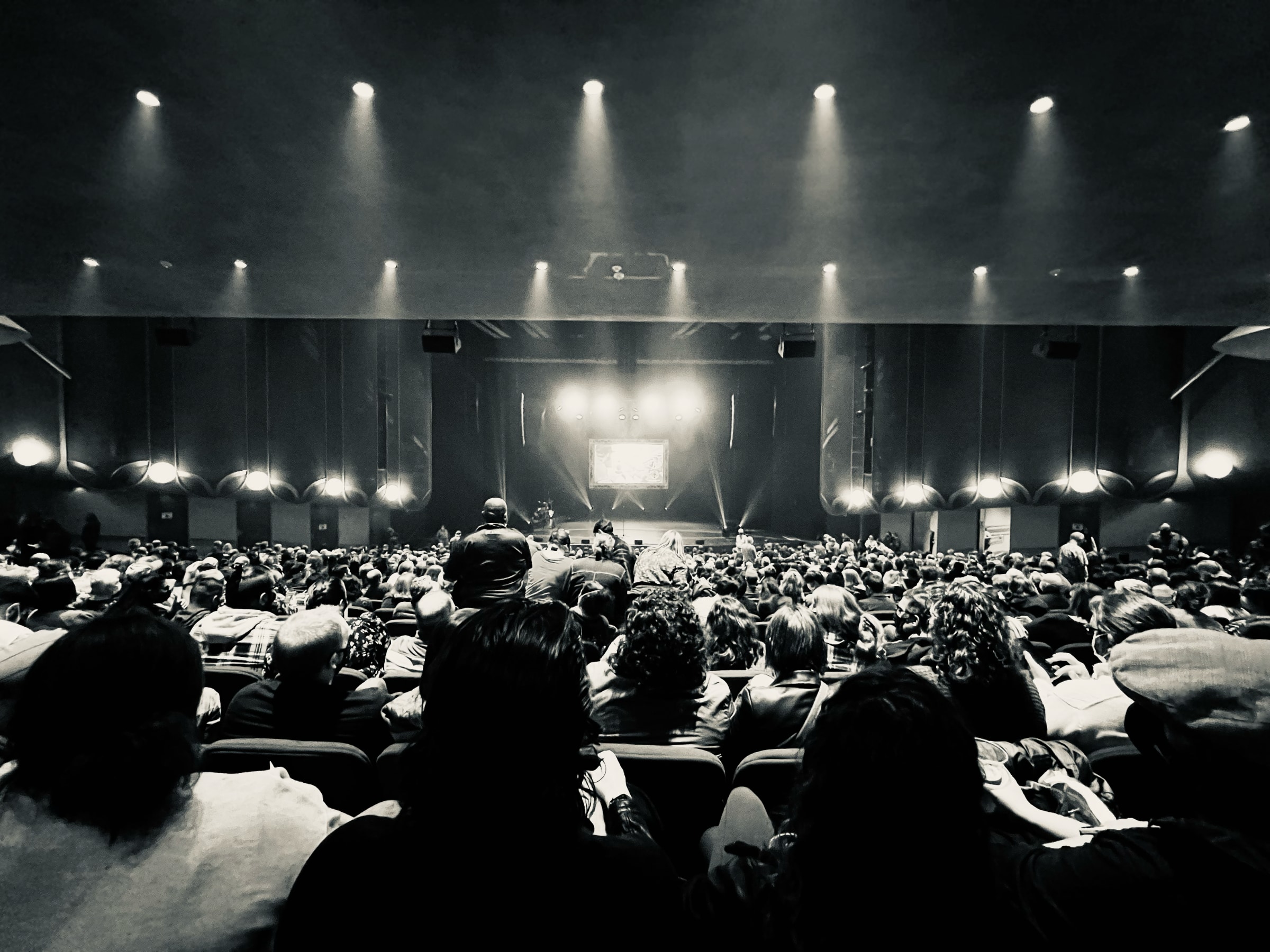Essays, Letters, etc.
Original editorial that observes and explores collisions in technology, art, writing, and music.
At times this blog can be very personal—a focal point for my feelings about current events, like in Ants Bury Their Dead. Other times it's a place to muse about my children growing into young adults, as I did in Swallowed in the Sea.
After starting to focus on fiction writing, I used this site to hone my storytelling by capturing moments of life around me. There have been two pronounced bursts of non-fiction writing on this site, first in mid-2016 after my family and I moved to California. Then again in 2020 during the isolation of the COVID-19 pandemic.
If you’re unfamiliar with my style of writing, here are a few personal favorites to acquaint you:
- Star of Wonder, December 2016. Written a few weeks before our first Christmas in California. The first where we wouldn’t visit any family.
- Background Thinking, May 2017. An exploration into my own thought process, told through the lens of my favorite literary character from the past decade: Detective Miller in Leviathan Wakes.
- I Admire You, September 2020. The title is a play on the most meaningful sentence in the English language. Also, my obsession with pens and Irene Adler.
- The Thing About Trucks, January 2017. Why the Mac reigns supreme as my tool-of-choice for deep thinking. Still love that 11" Air.
Computational Photography
Taking photographs is a challenging hobby, and a popular topic on this site. My first piece on photography was the 2016 essay: Photographing California. That jumpstarted a series where I experimented with shooting digital using a film-based process in Unnecessary Adjustments, and using more manual controls on my Fuji in Sunny 16 State.
My approach to photography continued to evolve.

Seat by the Ocean. Moss State Beach, CA
Later that summer I was impressed with the iPhone as a street shooter in iPhone in the Streets. Thrilled with the results, I wondered aloud if iPhone could be your primary camera in Camera in your Pocket. The essay showcased some of my favorite photographs taken with the phone, and convinced me it was the only camera I needed during a work trip to Southern Germany during winter of 2016.
A camera that I could program was irresistible. A chance to combine my interest in photography with my favorite creative medium. Below are a few examples:
- Introducing Pris, June 2012. My (sadly defunct) camera app that started the obsession with iPhone photography. It was a love letter to skeuomorphism and the Cinemascope aspect ratio. My boys look so young in those photos.
- Shooting Film on iPhone, October 2016. It’s older code, but it still mostly checks out. Built this to give myself a B&W-only shooter and platform to study different film emulsions. Based on my original code for Pris.
- Capturing Film on iPhone, February 2017. The follow-up to the previous article. Inspired by the Fuji X100 film simulations, I wrote code to capture photos in RAW+JPEG on my phone.

Waiting for the Show. San Jose, CA
Behind the Scenes
The latest evolution of this site is statically built using Jekyll, and a lot of custom CSS. Why come back to Jekyll, after switching away several years ago? I wanted a place to publish short stories when the mood struck, advertise future novels, and house all of my non-fiction writing. Over the past two iterations of the site, I realized I didn’t post enough to justify the headache of a dynamic site.
Jekyll fit the bill. It already had the basics of a static-site generator in place, but still flexible enough for all of my publishing needs. As a result, the updated design turned out exactly how I wanted. Typography, mobile layout, image lockups, and footnotes are all to my design specs. Without any workarounds or unknown plugins that are forced upon me.
And I don’t have to update my tools until I desire.
